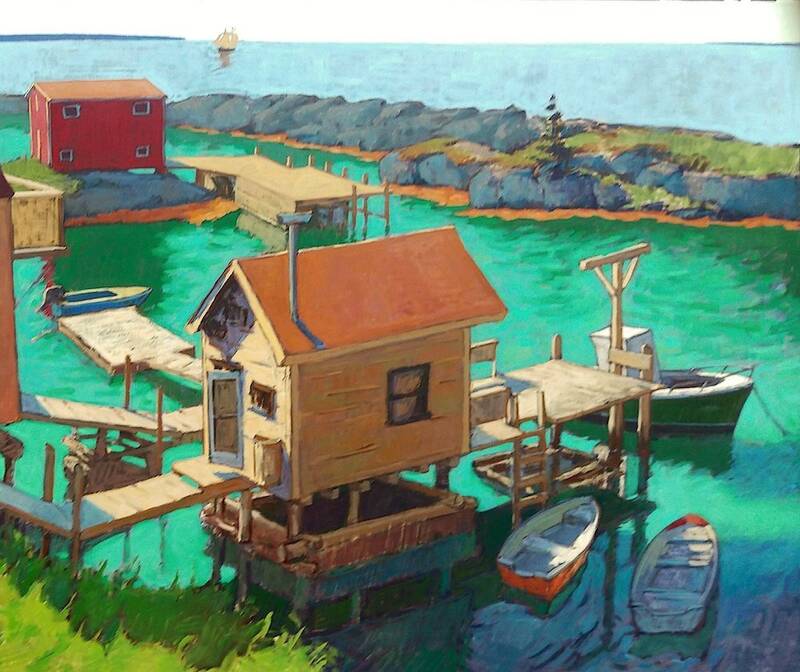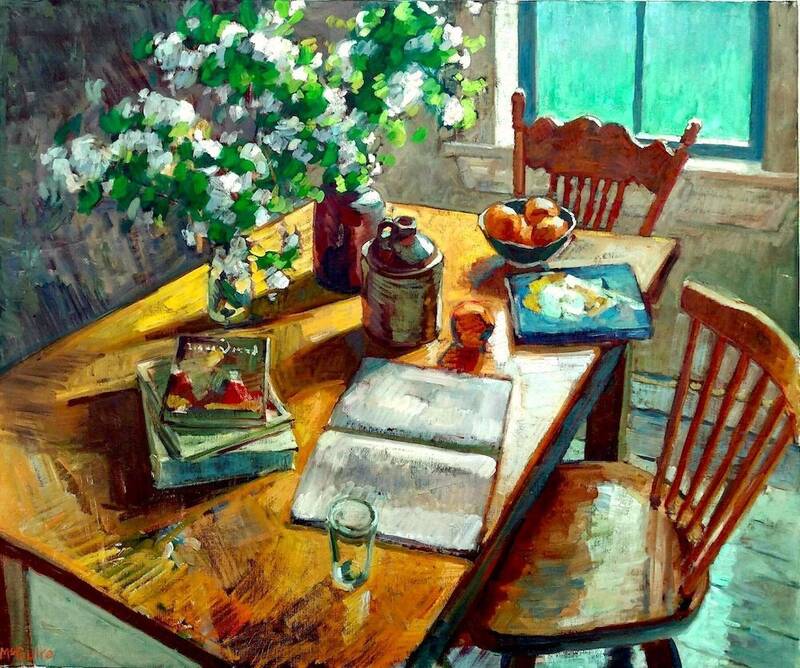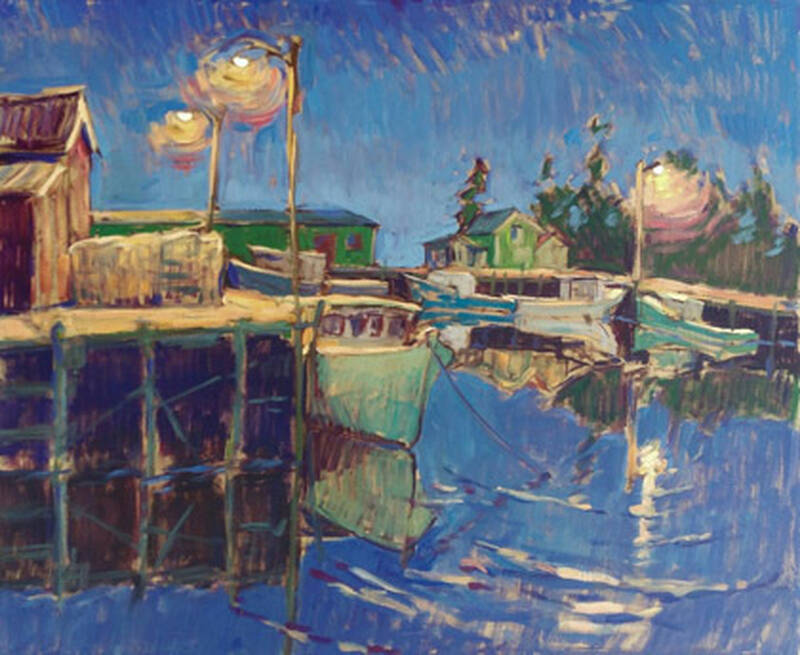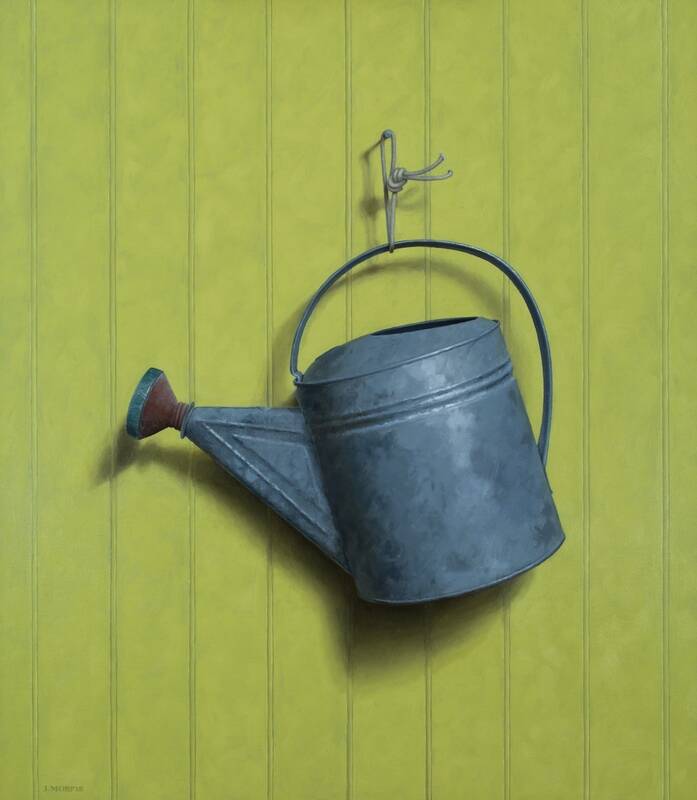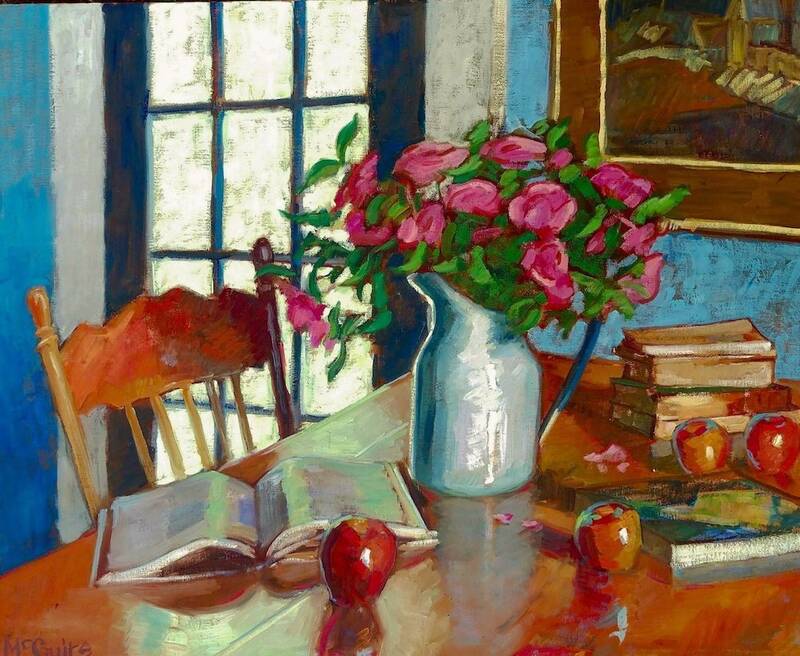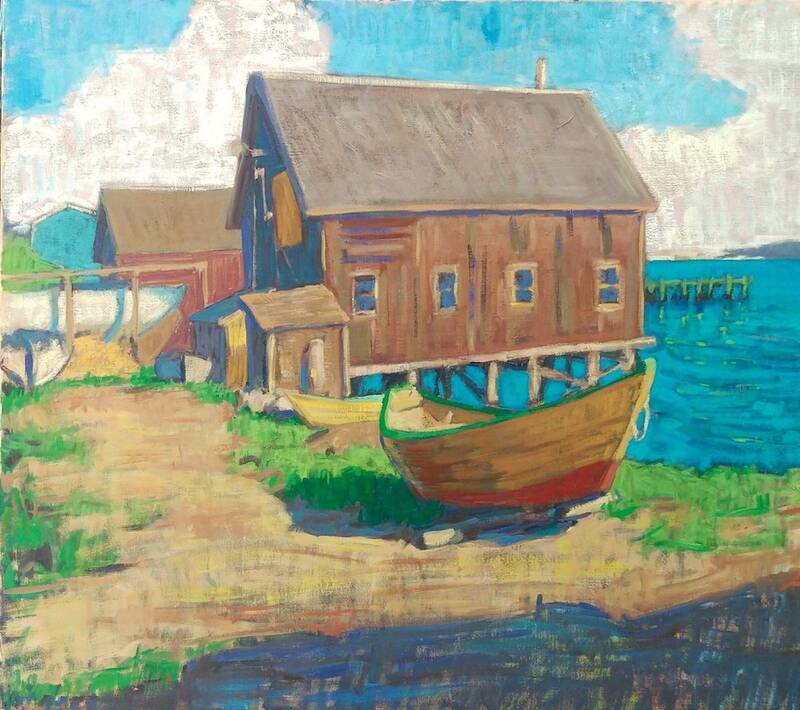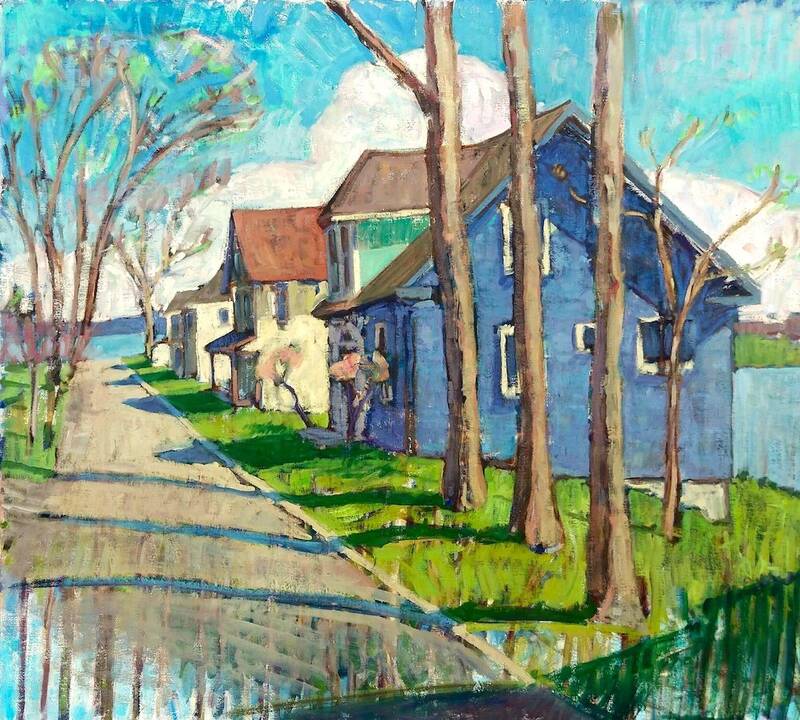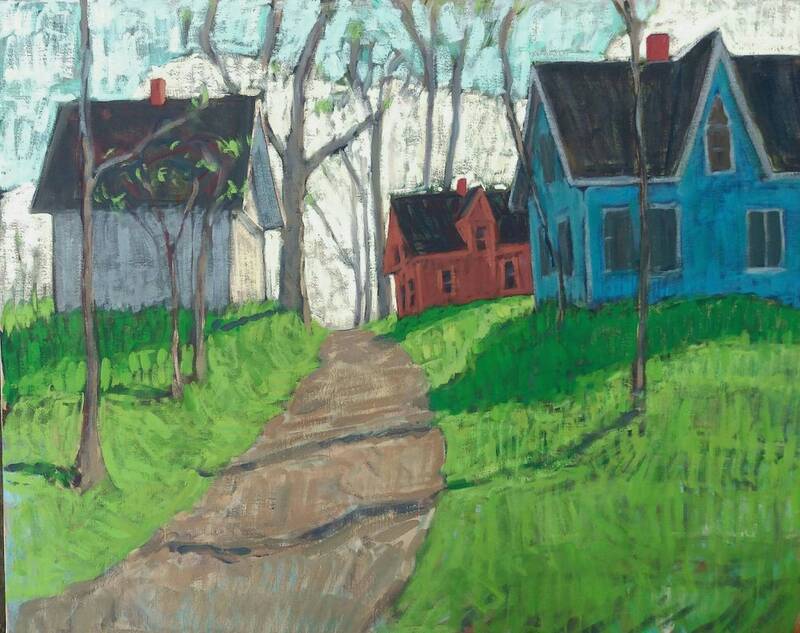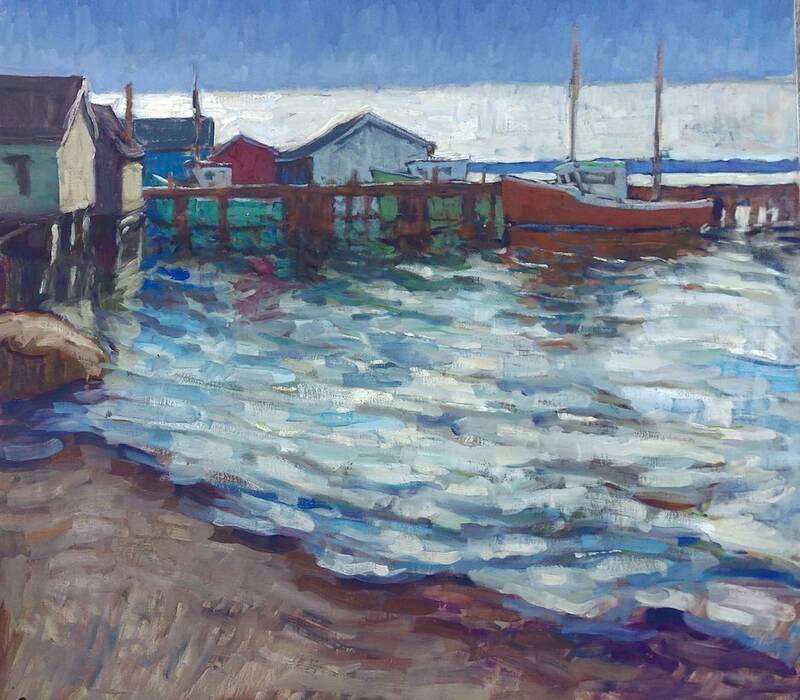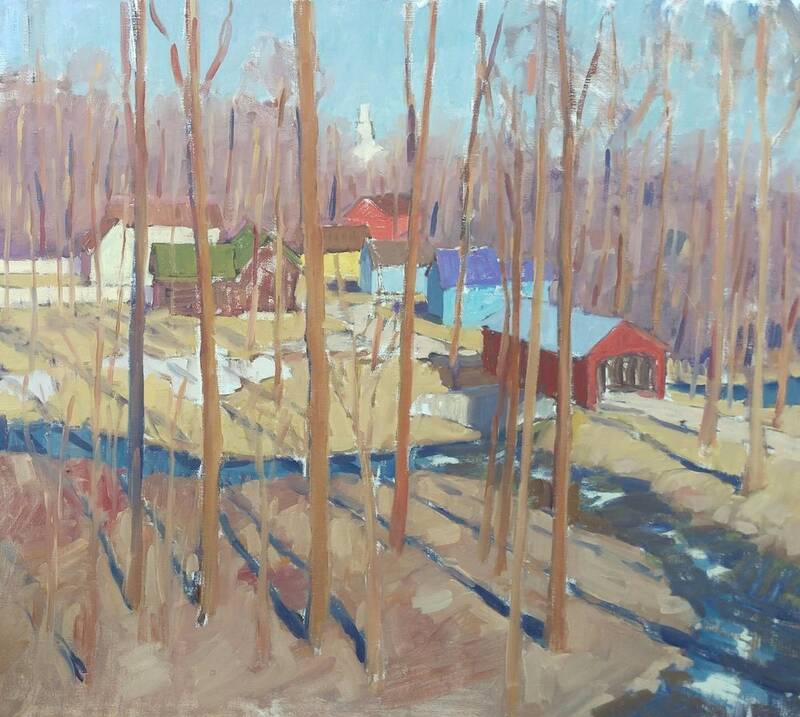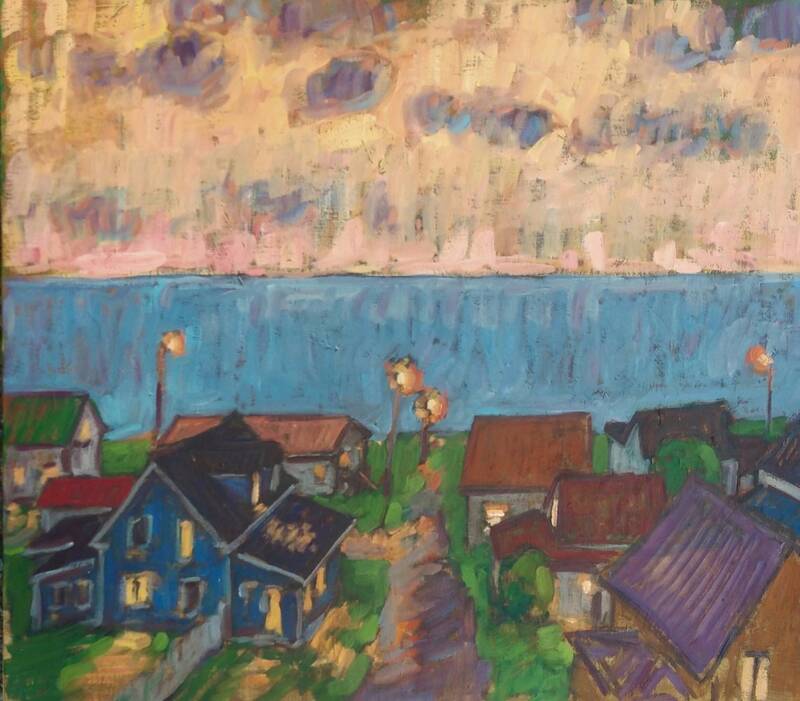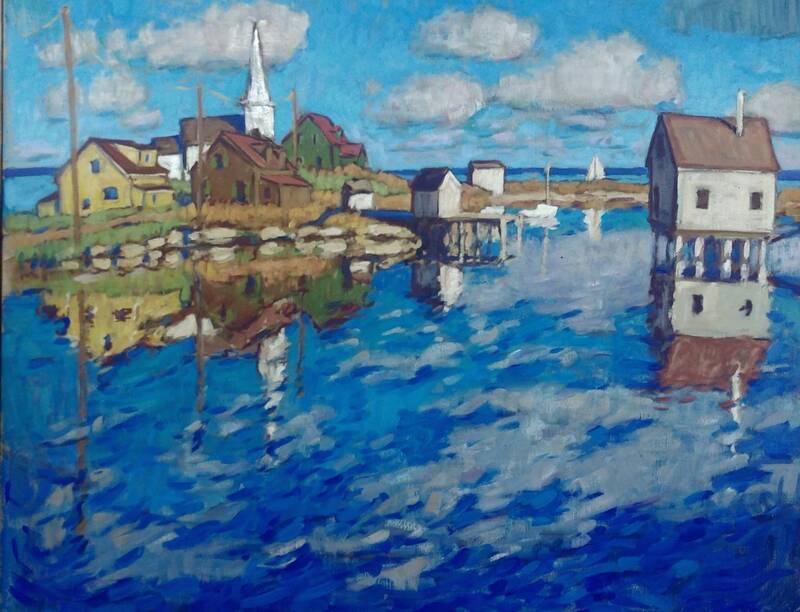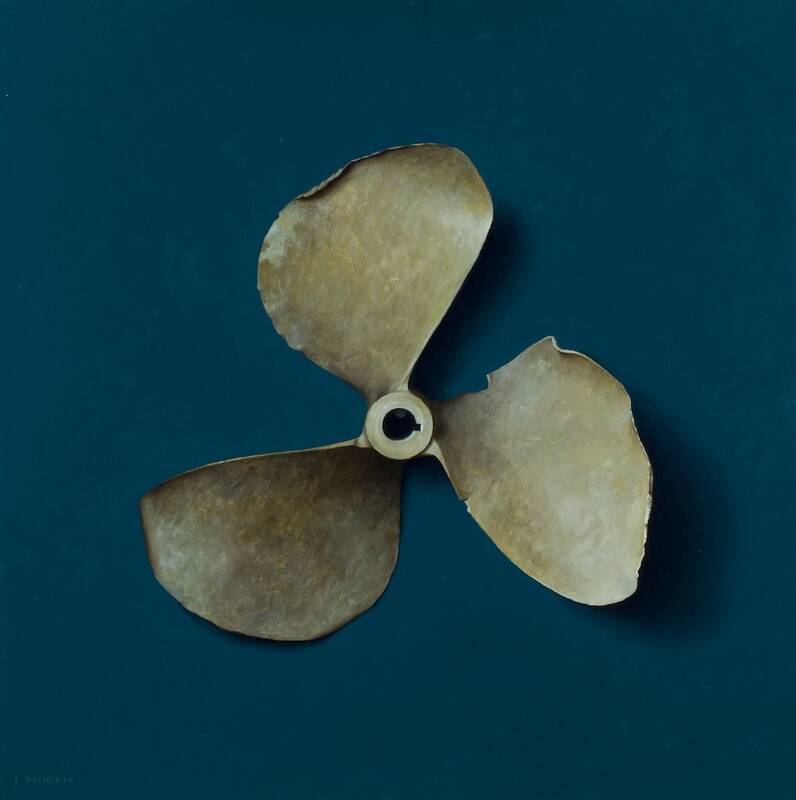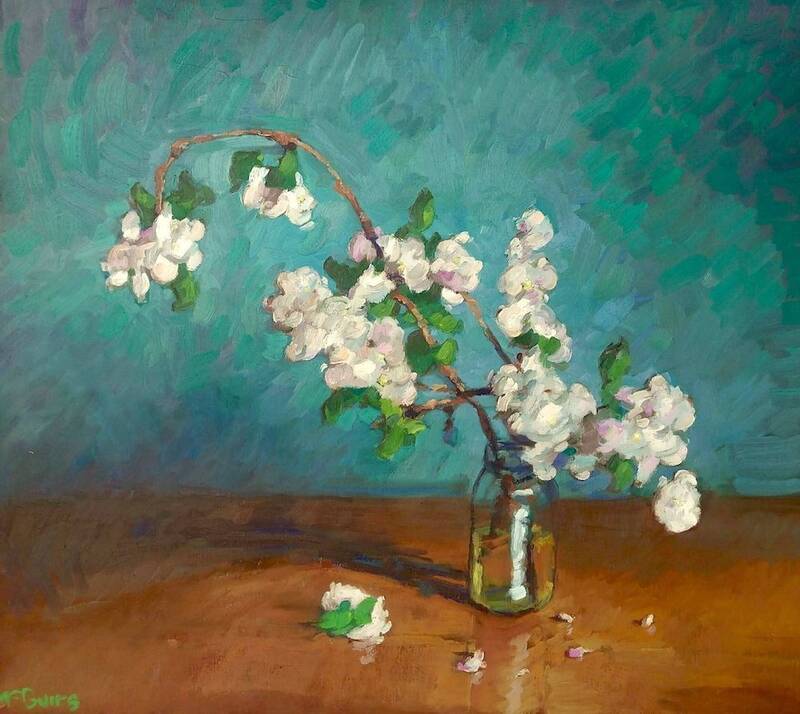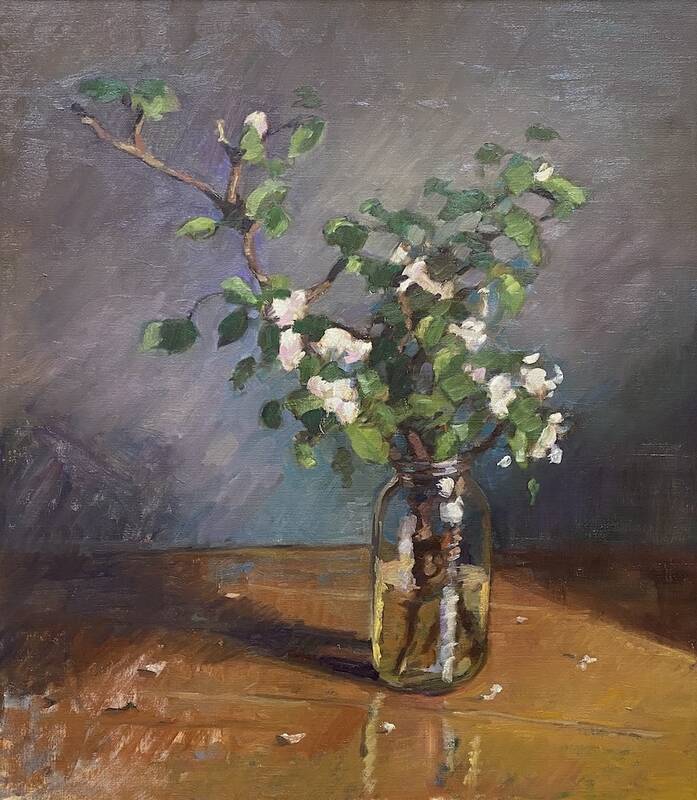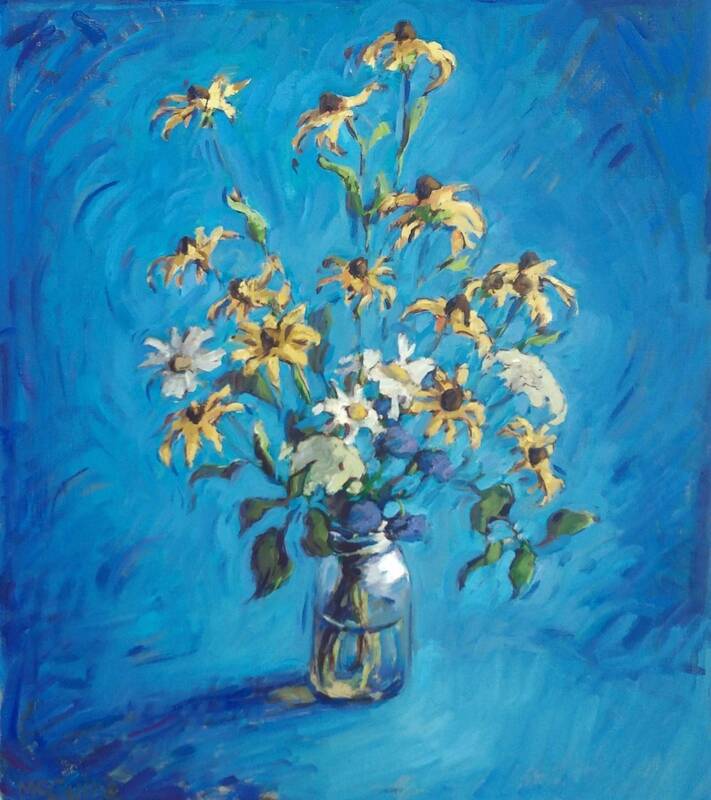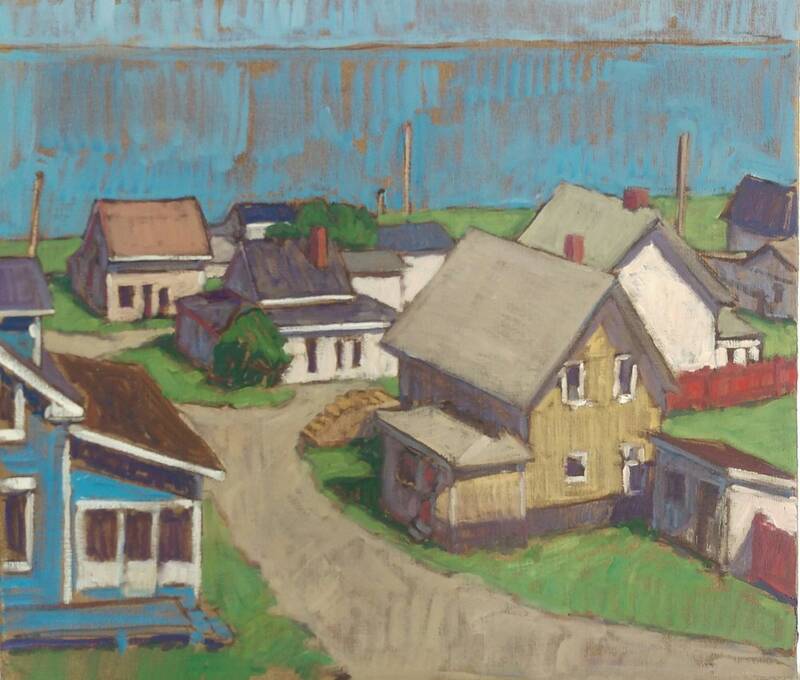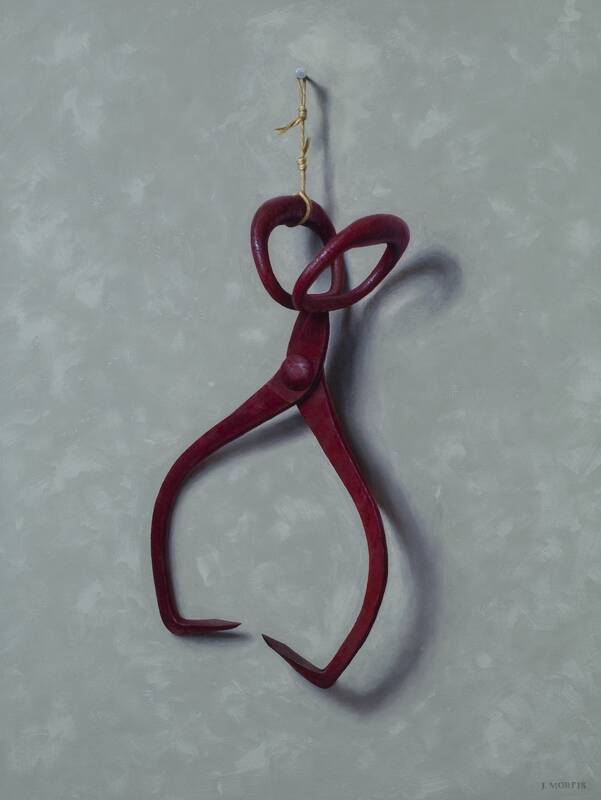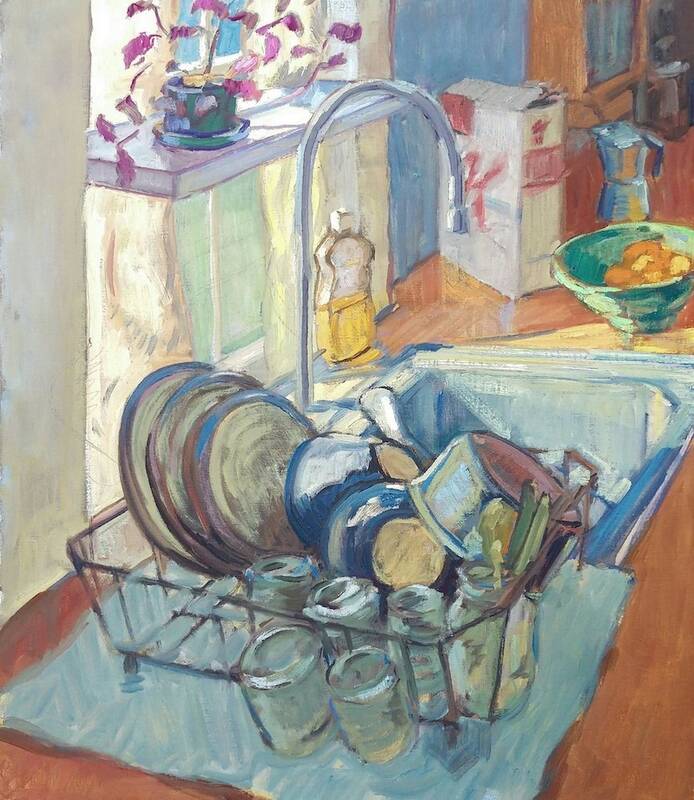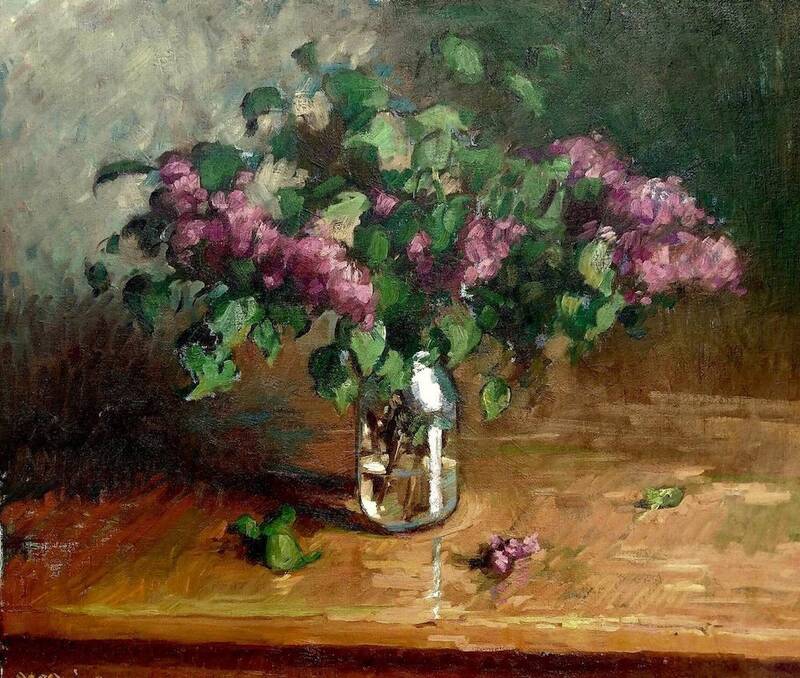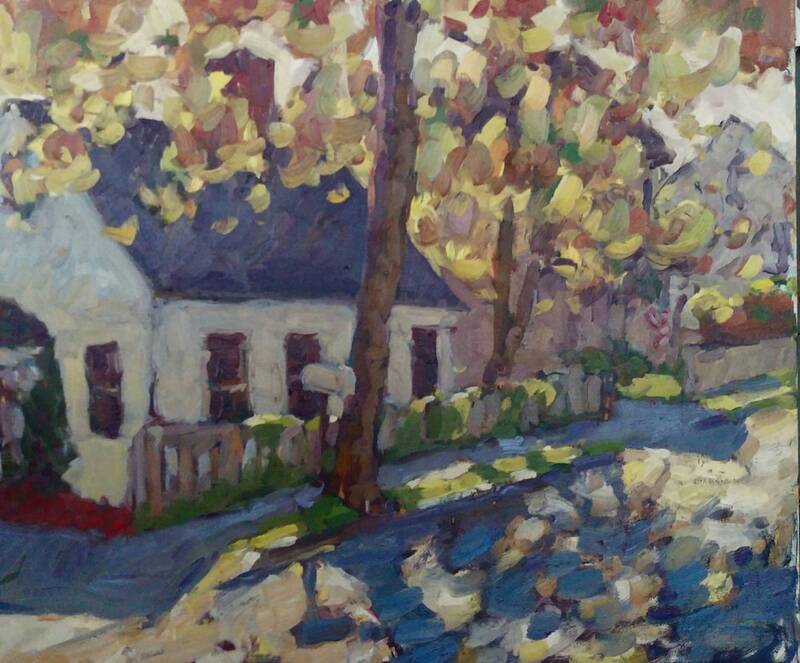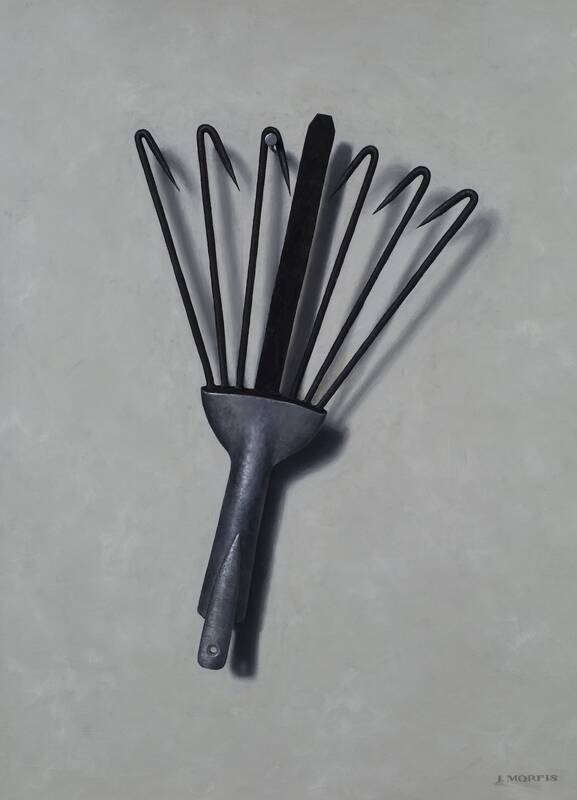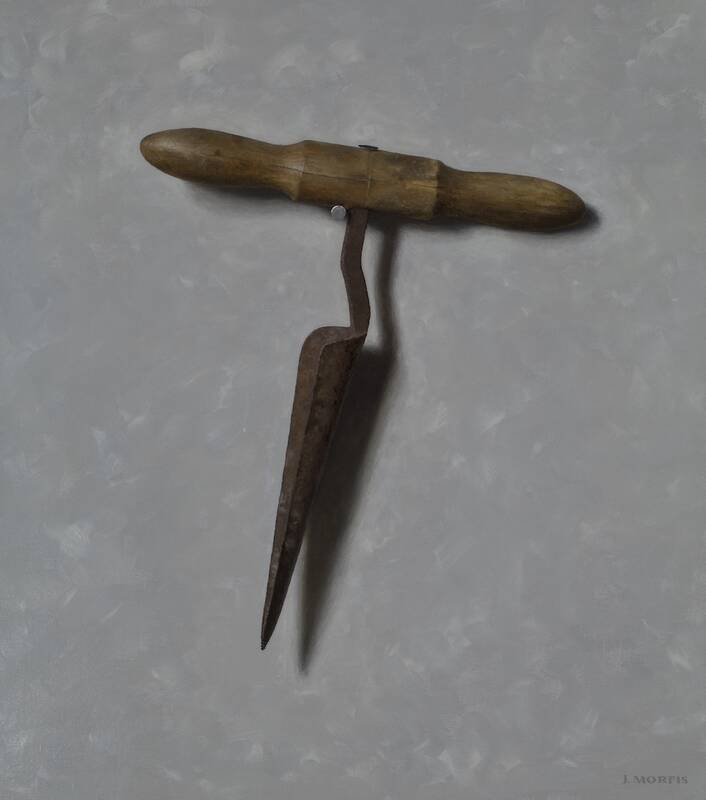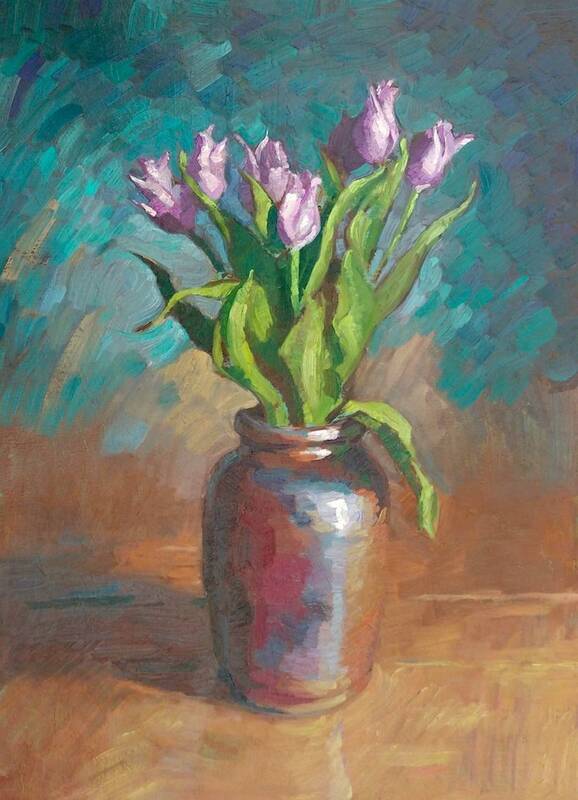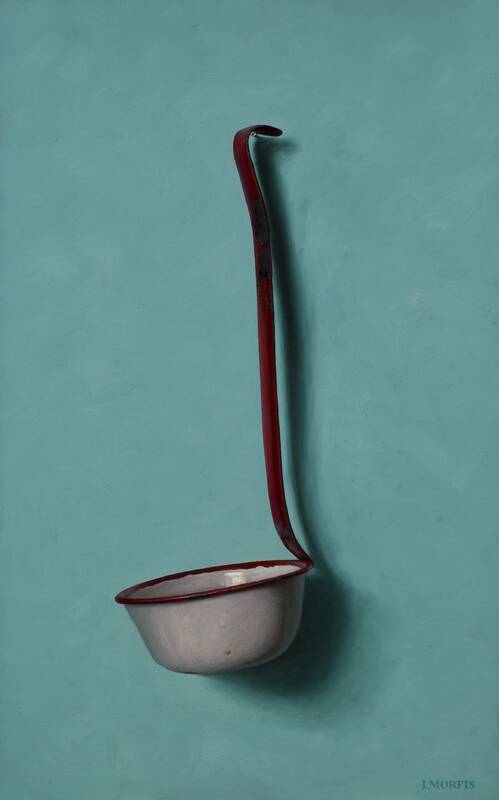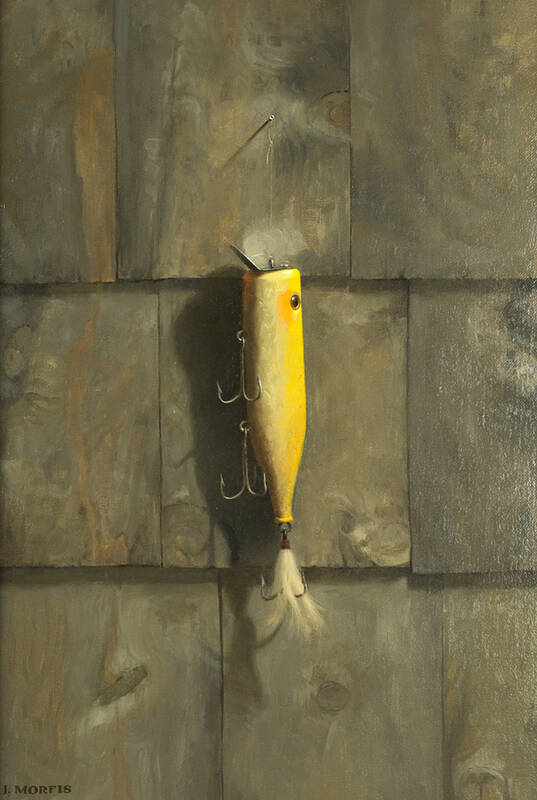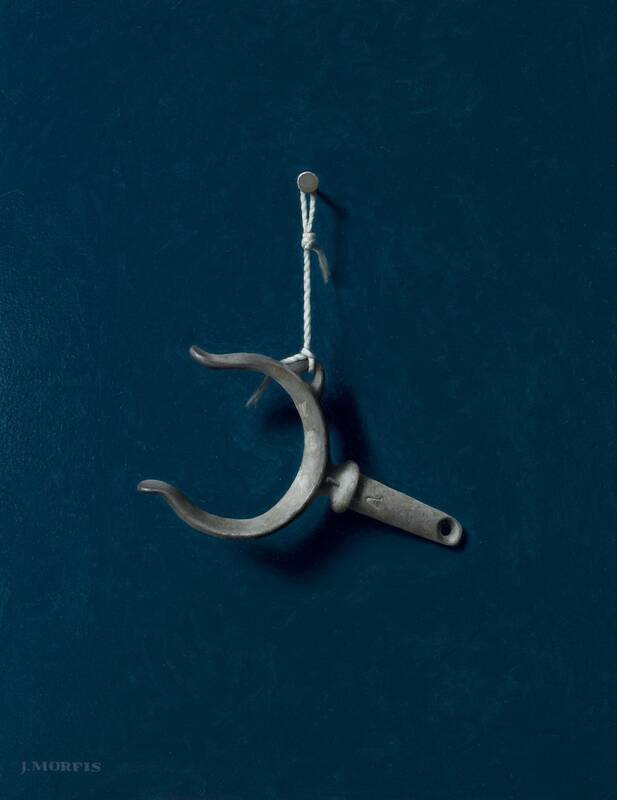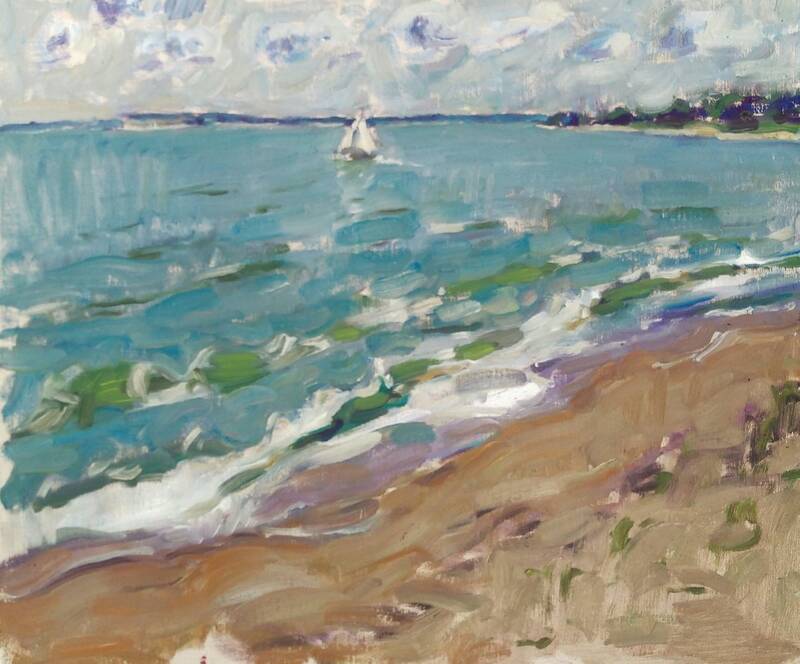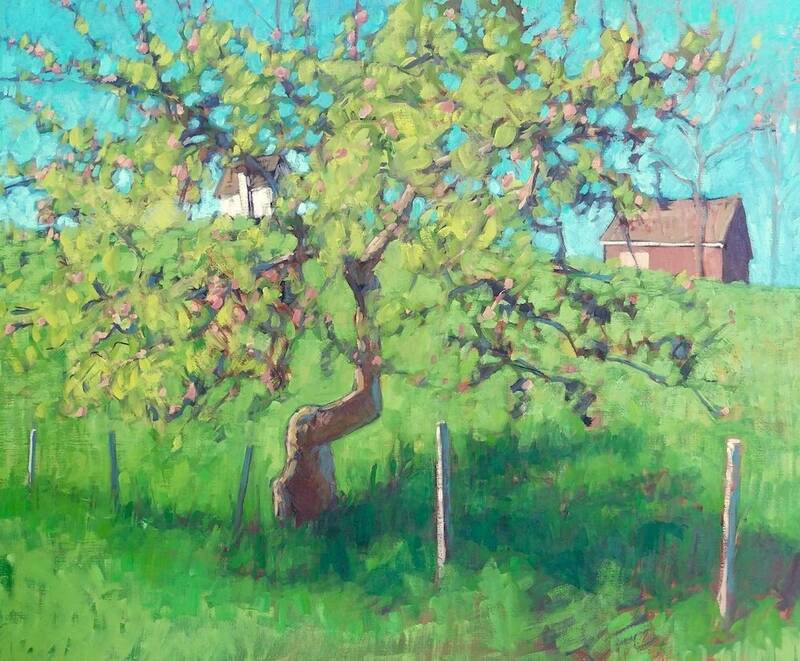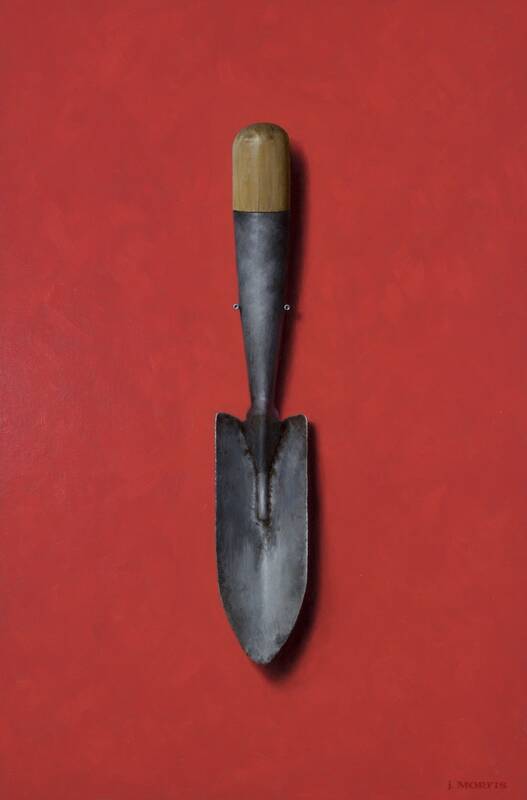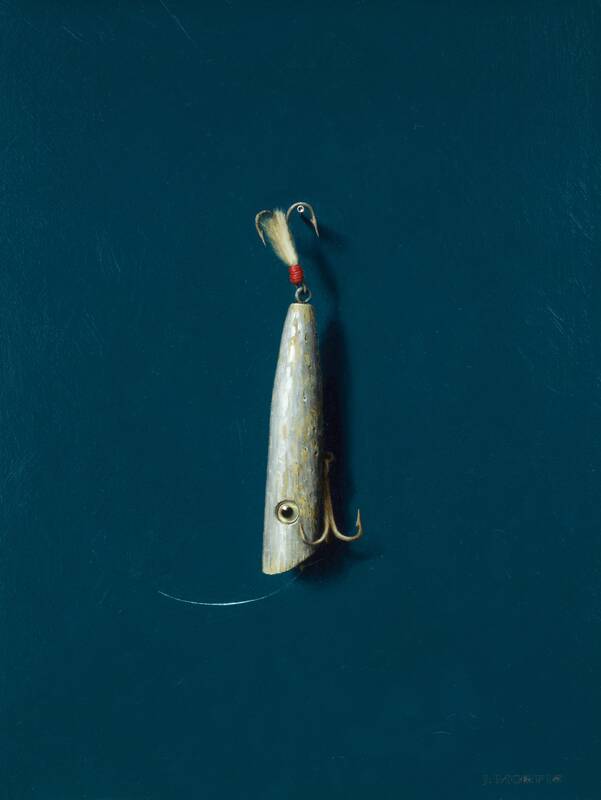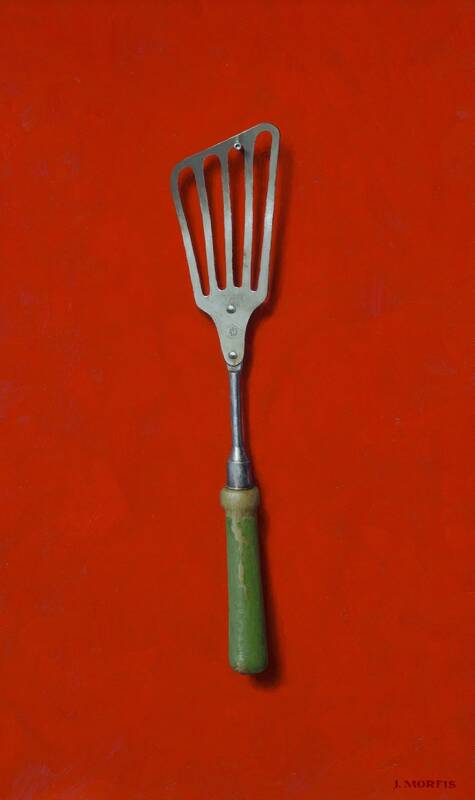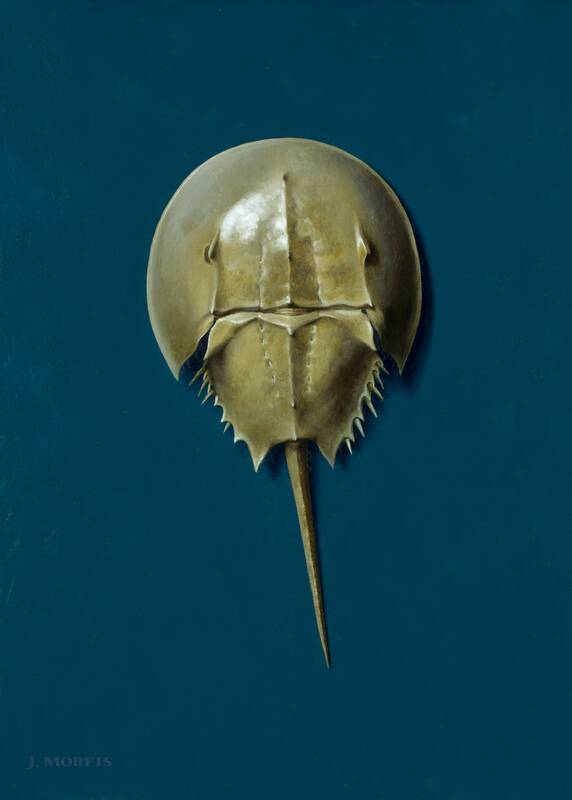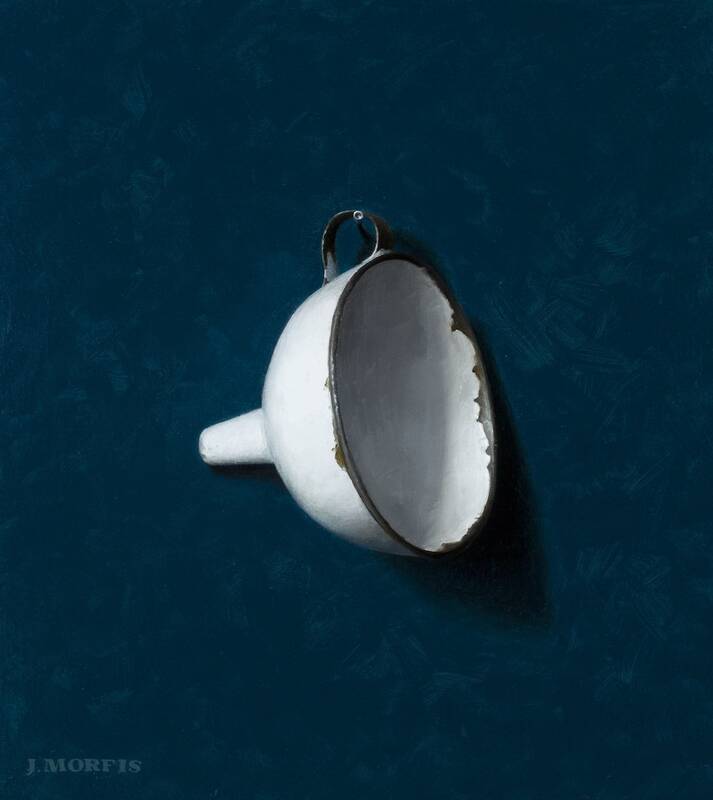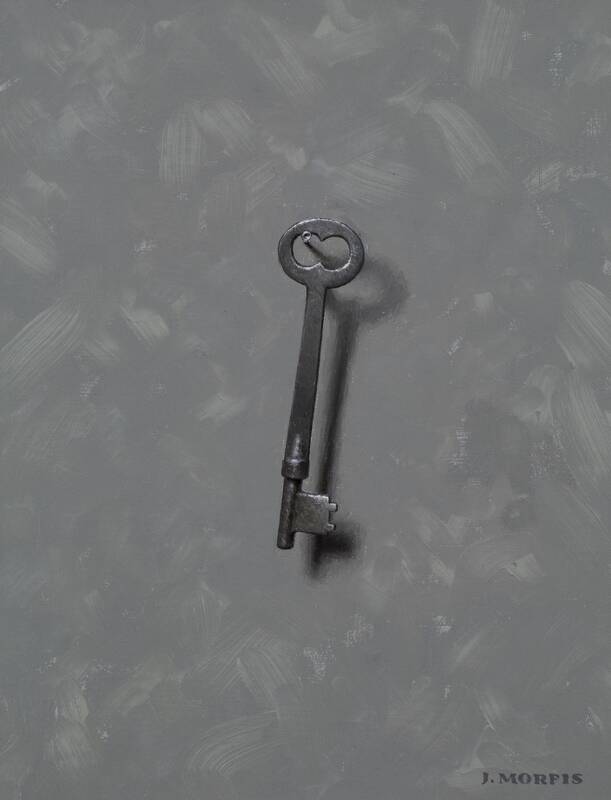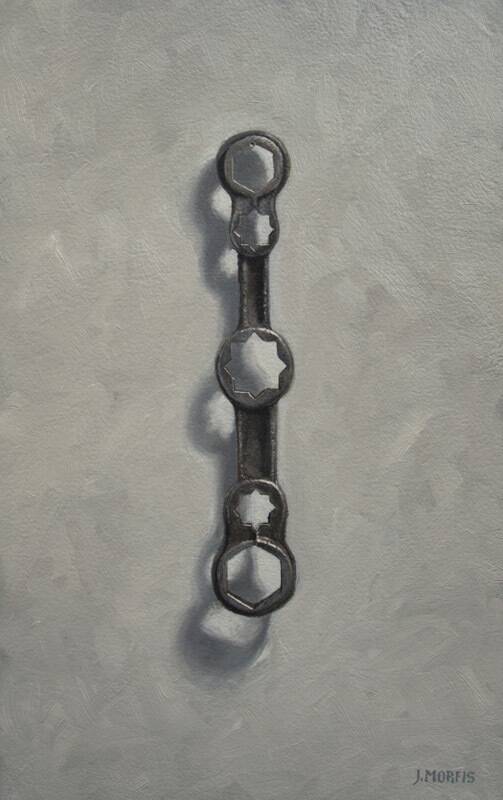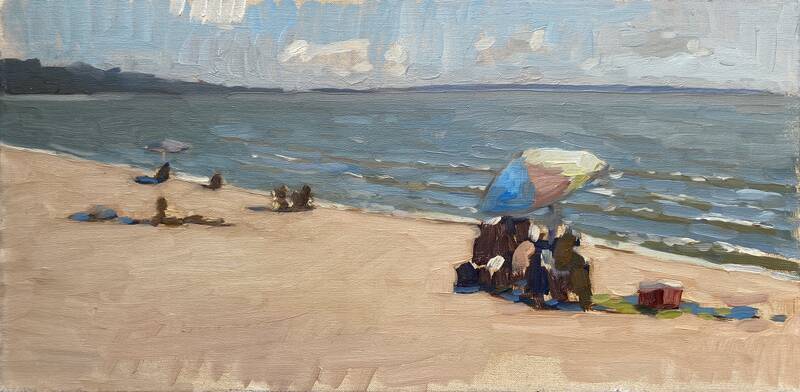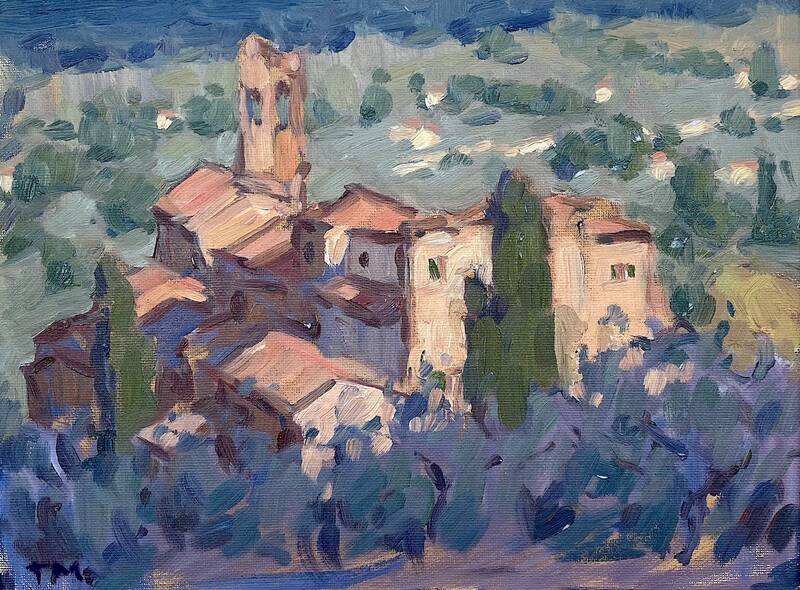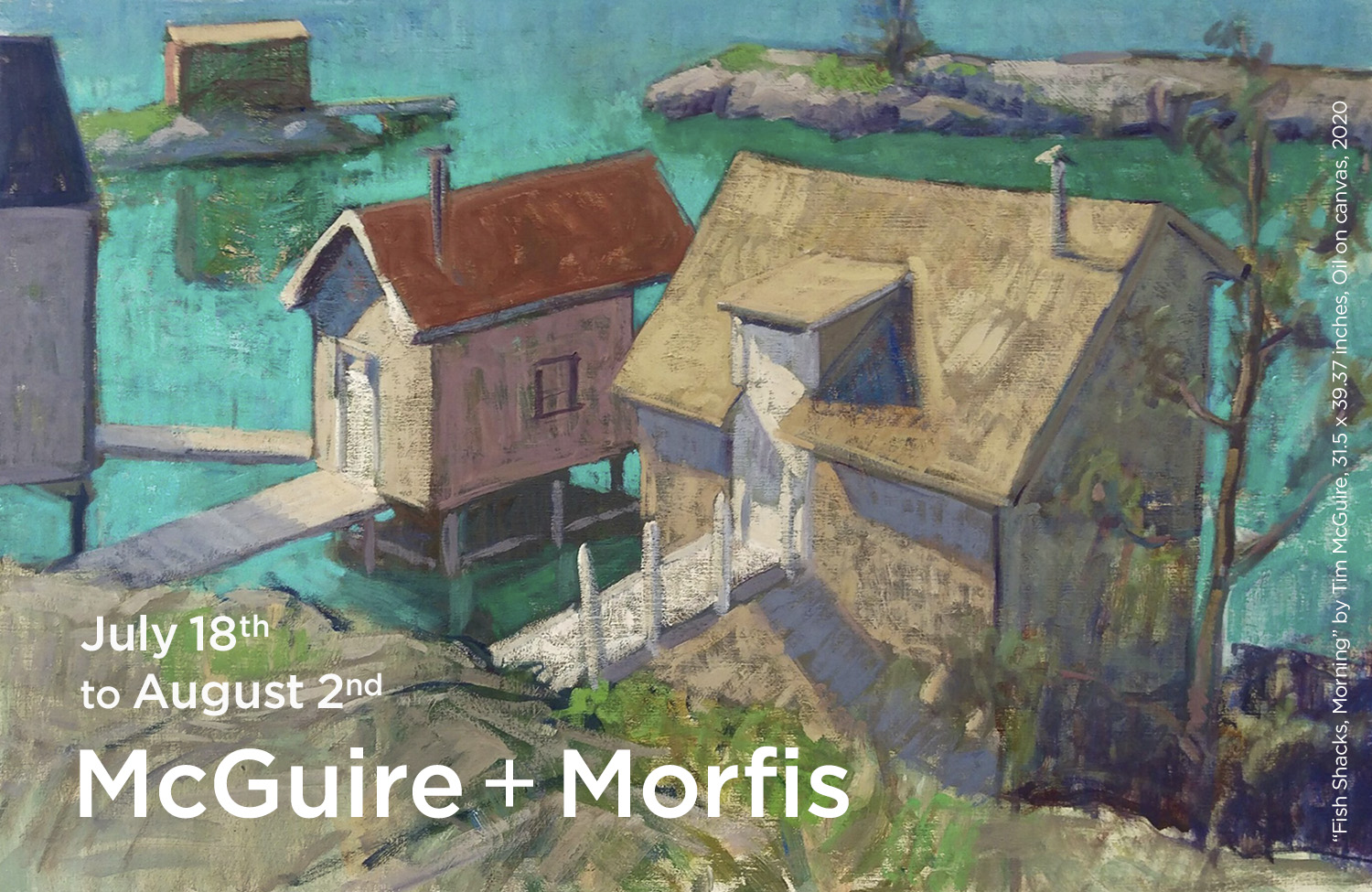
The Grenning Gallery is pleased to announce our latest exhibition McGuire | Morfis. Due to social distant guidelines, we will not be having a typical opening reception. The gallery is now open 7 days a week, 11am - 6pm. If you'd like to make an appointment to see the new work privately, please email us at info@grenninggallery.com.
Tim McGuire (b. 1971, Buffalo, NY) returns to the Grenning Gallery at a precipitous moment in his artistic career. Within this new body of work, we see ample evidence of McGuire's deft classically trained hand, but more importantly - we are also witnessing a blossoming of confidence as he claims the canvas as his own kingdom. In this show, we see a definitive stylized twist on plein-air painting emerging. As the world moved into lock down, McGuire was forced to dig deeper into his nascent innovative direction. Rather than trying to copy nature with supreme accuracy, we see McGuire taking his observations of nature as a starting off point - and through accentuating the outlines, puffing up certain edges, and amping up the color, we get a 21st century semblance of Van Gogh's dreamscapes. Hints of this new imaginative process were evident in January, which is how McGuire earned a major spot in our high-season. This is McGuire's first feature in a two-man show at Grenning Gallery. McGuire was classically trained at The Florence Academy of Art, and also a regular workshop teacher who has recently moved to Nova Scotia to paint full time. McGuire was a perennial student and teacher before he decided 9 years ago to focus fully on painting professionally.
McGuire lets his imagination take over after a long sessions of plein-air painting, resulting in rich, highly-saturated, interesting paintings that are dreamy yet true-to life.
A prime example of McGuire's ability to paint naturalistically, and stylistically, is in his series of fishing shacks. "Fishing Shacks, Morning" and "Fishing Shacks, Big". It appears, that they are both landscape paintings of the same setting; fishing shacks, as seen from above, jutting off of hillsides over an inlet of water, up in Nova Scotia. However, the differences between the two paintings are plentiful. We saw a more naturalistic representation in "Fishing Shacks, Big", when we were looking for images for our online marketing and we got the image on the left below. This massive five foot by 6-foot oil painting hones-in on one shack in particular, its slanted red roof absorbing the sunlight, the body of this small shed resides in shadow, and cascades shade onto the water beside it, where two row boats float. The water throughout is a natural blue, with hints of green, suitable to the north-eastern Atlantic Ocean. Details don't go un-noticed within this large painting, a firm, grey overcast sky meets a natural blue ocean, where an impressive large sailboat soars across the horizon. And then, when we pressed him for final final images of the major work for today's press release, we got the fabulously interesting Edward Scissorhands-ish painting on the right below.
McGuire's stylized inventiveness originally revealed itself in the vivid turquoise sea of "Fishing Shacks, Morning". Abstractly inspired, we see McGuire use his brush freely. Details in the distance are completely ignored; the mood of the overall painting is much more important. Dark indigoes connote shadows throughout... We even see a new structure erected directly beside the fishing shack from the larger painting. Did McGuire create this building out of thin air? Or did he omit it in the large naturalized painting? As King of his canvas, McGuire constructs these landscapes with confidence.
McGuire started the year with a painting trip to Vermont with fellow Grenning Gallery painters, Viktor Butko, Ben Fenske, Amy Florence, Rachel Personett and more. It was during this trip that McGuire really caught our attention; his time in VT delivered an array of interesting woodland scenes., like "Tall Trees". After painting on-site in Vermont for a little over a week, the onslaught of Covid-19 fast approached, and McGuire aptly felt it crucial to get home to Nova Scotia before it was too late. Once home, safely quarantined, he chose to re-work some of the paintings he had made en plein-air. Partly in response to the new Covid lock-down reality, McGuire's work mutated from naturally derived landscape and still life paintings into surreal elongated forms, and he moved into a gutsy, saturated palette. For instance, in "Three Trees", McGuire presents an ordinary residential street, lined with tall skinny trees. Houses are blocks of color, which diagonally recede along the street toward the horizon. A bright cerulean sky reflects onto the ground in both corners of the foreground. Is there a puddle there? Or has McGuire simply connected the sky to the ground, in an effort to create a configuration that curiously bands the composition together.
As a classically-trained painter, McGuire has all the tools to create a near-exact realist painting. We see these skills shine in the accurately depicted "Lilacs in a Jar". Granted, McGuire blurs some edges and smudges together defining lines, but the color palette and the shapes illustrated are physically organic. In "Apple Blossoms in a Small Jar" we see McGuire's palette move towards an unearthly spectrum. The white blossoms bounce with light against a cheery teal backdrop. It's like he's turning-up-the-volume of the pigments on his brush.
-
This year John Morfis (b.1976, Bayville, NY) embraces a new backdrop, perfect for his nautical objects, as he sets them in deep, sumptuous navy. Morfis also expands his focus, in this show, onto new subjects; he has selected some interesting antique kitchenware, and he suspends them in front of his signature red, and a bright aqua. Morfis is a Long Island native, renowned for his single-object still life paintings. Each object Morfis chooses to paint has a personal history and sentimental value to the artist. Morfis suspends each object from a single nail before an unadorned backdrop.
Despite the meticulous dexterities required to create these hyperreal still-life paintings, we can tell that Morfis is having fun while he paints. For instance, we feel Morfis's sense of humor within titling "What Jetty? (Damaged Prop)" which showcases an old beat-up boat propeller. Curled, rusty edges turn inwards in obvious impairment. The flaws sanctioned due to a seemingly-negligent boat ride, make this propeller one-of-a-kind, the accident's memory forever embedded in steel.
Another object juxtaposed on a navy background is "Dad's Popping Plug", a painting the artist deems: "as technically perfect as I can paint." As the one and only fishing lure painting this year, we agree that "Dad's Popping Plug" is particularly special. The actual Lure brings back memories from the artist's childhood. He remembers the day they went to the tackle shop and bought this exact lure back in the 1980's. The duo caught countless fish over the years with this special lure. After years of long use Dad's Plug shows signs of wear and tear; paint has faded off the wood, a few scrapes and nicks are aptly carved out, the googly eye is spot on; all of which results in an incredibly convincing trompe-l'oeil. Another noteworthy element of this painting is the accuracy in lighting; the lure is lit from above, creating a sheen on the left side of the object and casting shadow directly behind on the right of the object. Out of that shadow appears a sharp tri-pronged hook, which emerges into the light. The most enticing component though, is the single strand of clear fishing wire, softly reaching outward, catching the light from above.
Morfis brings old school enamel kitchenware back into fashion in a series of new paintings. Utilizing popular colors from last year's exhibition, Morfis juxtaposes these items over bright cerulean, navy, and a vibrant fire-engine red backgrounds.

